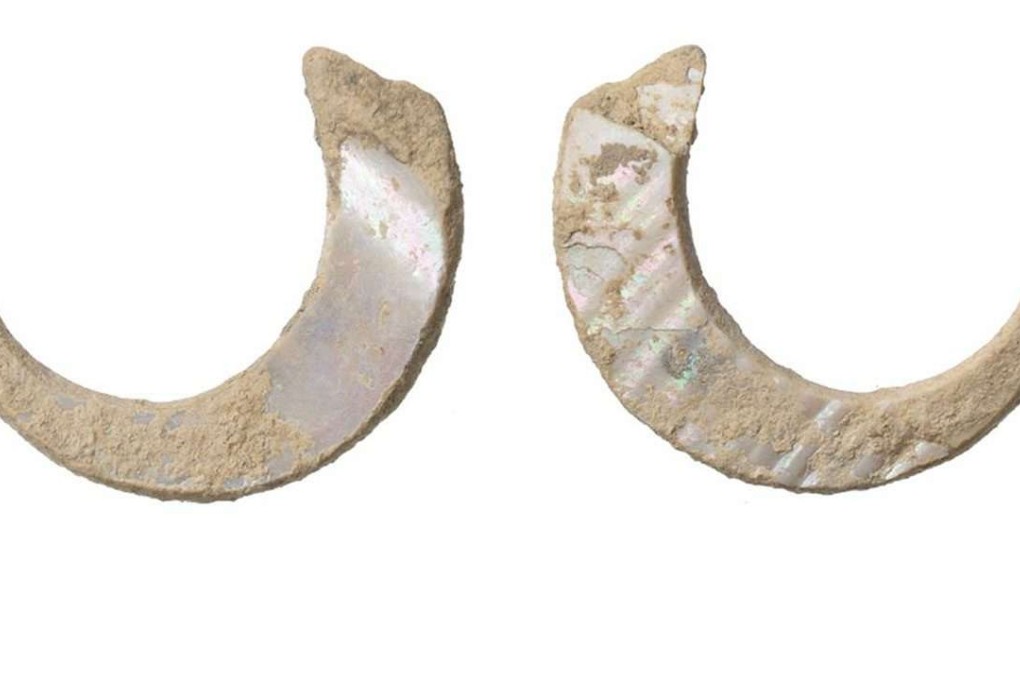World’s oldest fish hooks, dating 23,000 years found in Okinawa cave

The world’s oldest fish hooks, approximately 23,000 years old, have been found in a cave on Okinawa Island off the coast of Japan.
Researchers say the fish hooks, made from the shells of sea snails and found in the Sakitari cave, show the development of fishing technology at an earlier stage than previously thought and more widespread than previously known.
Humans are believed to have moved offshore to Okinawa and its sister islands about 50,000 years ago, but much of the history of their adaptation to life there and the evolution of maritime technology is unknown.
Researchers, from a range of Japanese institutes and universities, have been excavating three areas of the Sakitari cave, a limestone structure on the southern coast of Okinawa, since 2009 and have published their findings in the PNAS journal .
It was previously believed resources were too scarce on the island for it to have supported life for long periods of time. But the excavation of the cave found evidence of eels, frogs, fish, birds and small mammals, which had been charred, suggesting consumption by humans, in various layers of rock.
Researchers believe this and the other findings of their excavation indicates the island has been nearly continuously occupied since 35,000 years ago. As well as the fish hooks and remains of animals, researchers also found human remains, seashell beads, as well as something they believe might have been a grindstone.
